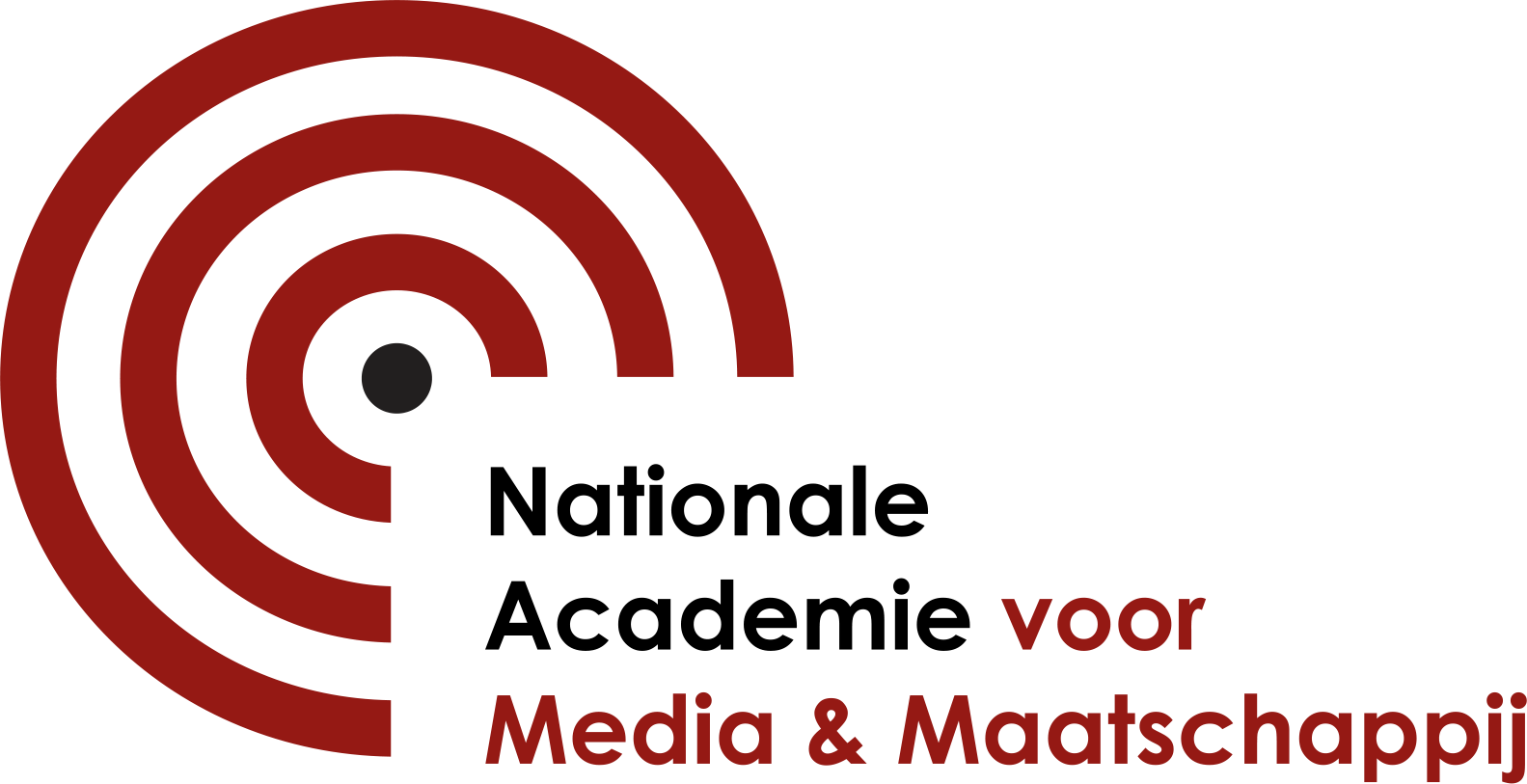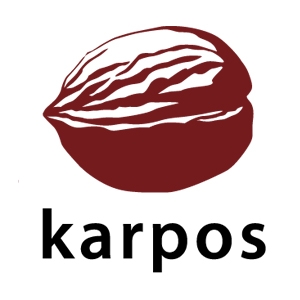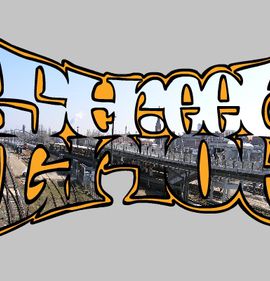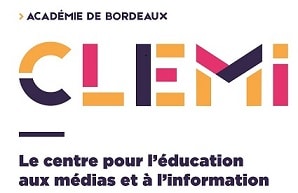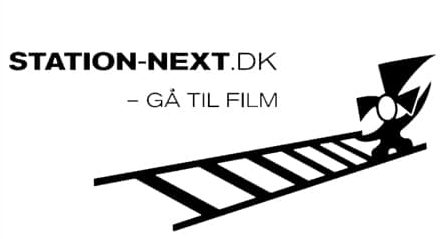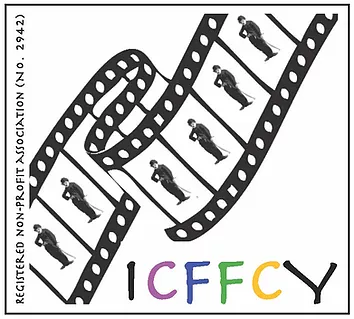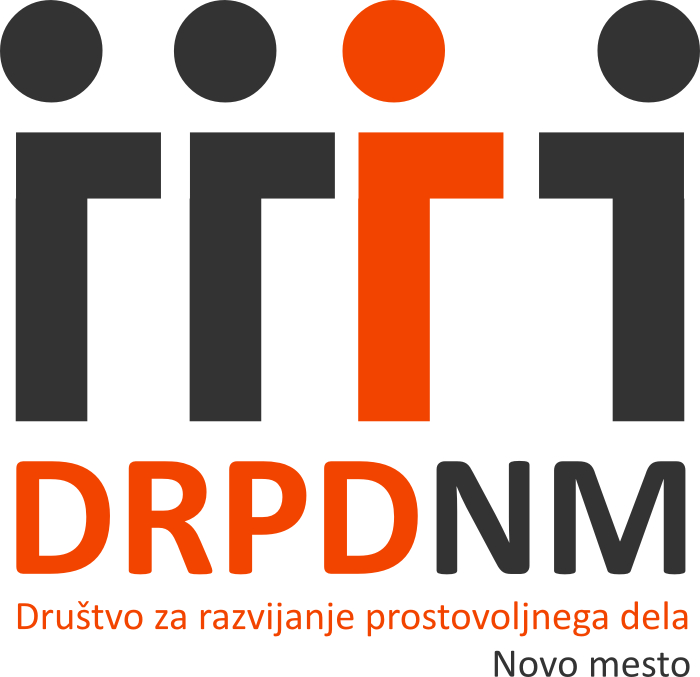Watch the video above but pay close attention. Something isn’t quite right. Can you tell what it is?
It may not be immediately obvious, however the video is BBC footage of the Trooping of the Colour, an annual event coinciding with the Queen’s birthday in the UK.
BUT….
The audio voiceover is BBC presenter Steve Evans’ commentary of a parade being held for North Korea’s leader Kim Jong-Un, marking the 70th anniversary of the ruling Workers’ Party.
Steve Evans’ remarks begin –
“It was a birthday celebration, but it felt more like a cult meeting in adoration of the leader. Row upon row of soldiers and civilians … marched in a minutely choreographed formation for two hours.”
This media ‘mashup’ asks us to question how the media represent the traditions of other cultures by juxtaposing the UK’s and North Korea’s not-too-dissimilar displays of national identity; citizens demonstrating their adoration for their heads of state.
In reality, the two nations are very different. One is a healthy, thriving democracy (UK) and the other a reclusive dictatorship accused by the UN of massive human rights violations (DPRK).

Kim Jong-Un addresses a crowd in Pyongyang North Korea
But what the video does is ‘send up’ or critique the UK’s fascination with the reclusive state of North Korea, often positioned in news reports as an example of ‘backwardness’ and ‘eccentricity.’ Instead, the mirror is turned on the West and we are forced to see our own displays of national identity through the lens of someone on the outside looking in. As stated in the Independent, the video “highlights an uncomfortable question about idolisation” and points to “how ridiculous the Trooping of the Colour really is.”
Media Literacy
When consuming media products we need to acknowledge that media messages are always embedded with a point of view even when that message is coming from the BBC, considered to be one of the best public broadcasting services in Europe.
The effect in this mashup example is satirical and funny but it helps us reflect about the complex relationship between the media and the recipient. An active recipient can identify that media products explicitly or implicitly contain subjective messages. In the case of the mashup, the original video accepts the UK’s display of patriotism while North Korea’s national event is questioned. Important questions about the nature of propaganda, the responsibility of the broadcaster, challenging authority, and distinguishing between facts and opinion need to be asked.
As stated by Marshall McLuhan, “each medium has its own grammar and codifies reality in its own particular way. Different media will report the same event, but create different impressions and messages as we can see in the video above.”
What is Vidding and how can we use it to critique media and change perceptions?
The video above is an example of ‘vidding’ – a practice of remix culture in which video and audio sources are re-edited in different ways in order to attribute an alternative meaning to the original source, often for critical or political purposes. The practice goes back much further than the internet to the very beginning of the moving image and is a powerful form of audiovisual expression that citizens can employ to challenge perceptions.
Check out the video below, by Charles A. Ridley titled, “The Lambeth Walk—Nazi Style (1941).” In it, Ridley re-edits footage taken from the Nazi propaganda film, Triumph of The Will (1935) by Leni Riefenstahl to make it appear as if the goosestepping German soldiers are dancing to The Lambeth Walk, a popular song at the time dismissed by members of the Nazi party as “Jewish mischief and animalistic hopping.” The effect, like video of Queen Elizabeth’s birthday, is funny yet subversive, as it lampoons the stuffy and rigid Nazi ideology whom the British were at war with at the time. Enjoy!
To comment on this article and other like it head over to our Facebook page.
For more on vidding and other associated remix forms look up the terms: appropriation art, détournement, media jamming, found footage, avant-garde film, television hacking, telejusting, political remix, scratch video, vidding, outsider art, antiart, and cultural terrorism.
Watch the video above but pay close attention. Something isn’t quite right. Can you tell what it is?
It may not be immediately obvious, however the video is BBC footage of the Trooping of the Colour, an annual event coinciding with the Queen’s birthday in the UK.
BUT….
The audio voiceover is BBC presenter Steve Evans’ commentary of a parade being held for North Korea’s leader Kim Jong-Un, marking the 70th anniversary of the ruling Workers’ Party.
Steve Evans’ remarks begin –
“It was a birthday celebration, but it felt more like a cult meeting in adoration of the leader. Row upon row of soldiers and civilians … marched in a minutely choreographed formation for two hours.”
This media ‘mashup’ asks us to question how the media represent the traditions of other cultures by juxtaposing the UK’s and North Korea’s not-too-dissimilar displays of national identity; citizens demonstrating their adoration for their heads of state.
In reality, the two nations are very different. One is a healthy, thriving democracy (UK) and the other a reclusive dictatorship accused by the UN of massive human rights violations (DPRK).

Kim Jong-Un addresses a crowd in Pyongyang North Korea
But what the video does is ‘send up’ or critique the UK’s fascination with the reclusive state of North Korea, often positioned in news reports as an example of ‘backwardness’ and ‘eccentricity.’ Instead, the mirror is turned on the West and we are forced to see our own displays of national identity through the lens of someone on the outside looking in. As stated in the Independent, the video “highlights an uncomfortable question about idolisation” and points to “how ridiculous the Trooping of the Colour really is.”
Media Literacy
When consuming media products we need to acknowledge that media messages are always embedded with a point of view even when that message is coming from the BBC, considered to be one of the best public broadcasting services in Europe.
The effect in this mashup example is satirical and funny but it helps us reflect about the complex relationship between the media and the recipient. An active recipient can identify that media products explicitly or implicitly contain subjective messages. In the case of the mashup, the original video accepts the UK’s display of patriotism while North Korea’s national event is questioned. Important questions about the nature of propaganda, the responsibility of the broadcaster, challenging authority, and distinguishing between facts and opinion need to be asked.
As stated by Marshall McLuhan, “each medium has its own grammar and codifies reality in its own particular way. Different media will report the same event, but create different impressions and messages as we can see in the video above.”
What is Vidding and how can we use it to critique media and change perceptions?
The video above is an example of ‘vidding’ – a practice of remix culture in which video and audio sources are re-edited in different ways in order to attribute an alternative meaning to the original source, often for critical or political purposes. The practice goes back much further than the internet to the very beginning of the moving image and is a powerful form of audiovisual expression that citizens can employ to challenge perceptions.
Check out the video below, by Charles A. Ridley titled, “The Lambeth Walk—Nazi Style (1941).” In it, Ridley re-edits footage taken from the Nazi propaganda film, Triumph of The Will (1935) by Leni Riefenstahl to make it appear as if the goosestepping German soldiers are dancing to The Lambeth Walk, a popular song at the time dismissed by members of the Nazi party as “Jewish mischief and animalistic hopping.” The effect, like video of Queen Elizabeth’s birthday, is funny yet subversive, as it lampoons the stuffy and rigid Nazi ideology whom the British were at war with at the time. Enjoy!
To comment on this article and other like it head over to our Facebook page.
For more on vidding and other associated remix forms look up the terms: appropriation art, détournement, media jamming, found footage, avant-garde film, television hacking, telejusting, political remix, scratch video, vidding, outsider art, antiart, and cultural terrorism.
Watch the video above but pay close attention. Something isn’t quite right. Can you tell what it is?
It may not be immediately obvious, however the video is BBC footage of the Trooping of the Colour, an annual event coinciding with the Queen’s birthday in the UK.
BUT….
The audio voiceover is BBC presenter Steve Evans’ commentary of a parade being held for North Korea’s leader Kim Jong-Un, marking the 70th anniversary of the ruling Workers’ Party.
Steve Evans’ remarks begin –
“It was a birthday celebration, but it felt more like a cult meeting in adoration of the leader. Row upon row of soldiers and civilians … marched in a minutely choreographed formation for two hours.”
This media ‘mashup’ asks us to question how the media represent the traditions of other cultures by juxtaposing the UK’s and North Korea’s not-too-dissimilar displays of national identity; citizens demonstrating their adoration for their heads of state.
In reality, the two nations are very different. One is a healthy, thriving democracy (UK) and the other a reclusive dictatorship accused by the UN of massive human rights violations (DPRK).

Kim Jong-Un addresses a crowd in Pyongyang North Korea
But what the video does is ‘send up’ or critique the UK’s fascination with the reclusive state of North Korea, often positioned in news reports as an example of ‘backwardness’ and ‘eccentricity.’ Instead, the mirror is turned on the West and we are forced to see our own displays of national identity through the lens of someone on the outside looking in. As stated in the Independent, the video “highlights an uncomfortable question about idolisation” and points to “how ridiculous the Trooping of the Colour really is.”
Media Literacy
When consuming media products we need to acknowledge that media messages are always embedded with a point of view even when that message is coming from the BBC, considered to be one of the best public broadcasting services in Europe.
The effect in this mashup example is satirical and funny but it helps us reflect about the complex relationship between the media and the recipient. An active recipient can identify that media products explicitly or implicitly contain subjective messages. In the case of the mashup, the original video accepts the UK’s display of patriotism while North Korea’s national event is questioned. Important questions about the nature of propaganda, the responsibility of the broadcaster, challenging authority, and distinguishing between facts and opinion need to be asked.
As stated by Marshall McLuhan, “each medium has its own grammar and codifies reality in its own particular way. Different media will report the same event, but create different impressions and messages as we can see in the video above.”
What is Vidding and how can we use it to critique media and change perceptions?
The video above is an example of ‘vidding’ – a practice of remix culture in which video and audio sources are re-edited in different ways in order to attribute an alternative meaning to the original source, often for critical or political purposes. The practice goes back much further than the internet to the very beginning of the moving image and is a powerful form of audiovisual expression that citizens can employ to challenge perceptions.
Check out the video below, by Charles A. Ridley titled, “The Lambeth Walk—Nazi Style (1941).” In it, Ridley re-edits footage taken from the Nazi propaganda film, Triumph of The Will (1935) by Leni Riefenstahl to make it appear as if the goosestepping German soldiers are dancing to The Lambeth Walk, a popular song at the time dismissed by members of the Nazi party as “Jewish mischief and animalistic hopping.” The effect, like video of Queen Elizabeth’s birthday, is funny yet subversive, as it lampoons the stuffy and rigid Nazi ideology whom the British were at war with at the time. Enjoy!
To comment on this article and other like it head over to our Facebook page.
For more on vidding and other associated remix forms look up the terms: appropriation art, détournement, media jamming, found footage, avant-garde film, television hacking, telejusting, political remix, scratch video, vidding, outsider art, antiart, and cultural terrorism.











